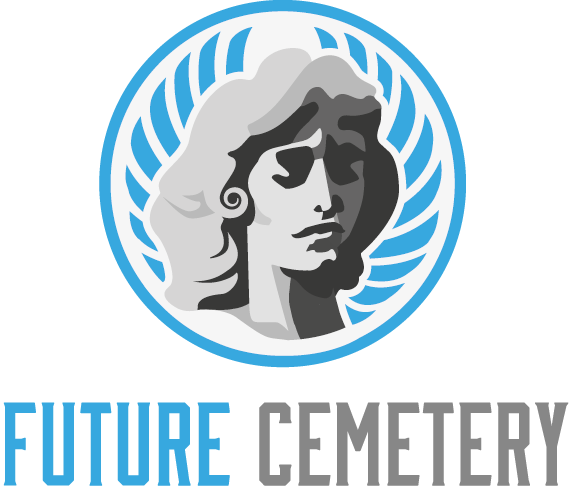When someone dies, it introduces you to a world of discussions and decisions. This is especially true when it comes to burial sites.
One of the most important issues is distinguishing between a graveyard and a cemetery. Knowing the difference can help you make a decision that is best for your loved one.
Location
Traditionally, a graveyard is located adjacent to a church or other place of worship. People buried in a churchyard are usually members of that church, or have expressed a desire to be buried there upon their passing. Today, church membership is not a prerequisite for a burial in a churchyard. However, space limitations can make it difficult for a church to accept new burials in its own churchyard.
When this happens, it becomes necessary to re-use existing grave sites within the cemetery. While the authorities may argue that re-using a grave is not a desecration, this practice tends to upset many families.
This is a major reason why some families prefer natural burials, which return the body to the earth quickly and allow for early re-use of the land. Such burials do not require a headstone, but the location of a grave can be pinpointed through GPS recordings or the placement of a tree, bush or rock.
Types
In most cultures graveyards are places where people go to visit the dead. Some are small and confined to the church grounds, while others are huge and have special sections for different religions, nationalities, and professions. Some even include gardens and parks.
Traditionally, the most privileged members of a community were buried inside their place of worship in crypts or tombs and marked with a stone slab bearing their name and dates of birth and death. Families who could afford the work of a stonemason would have a much larger and more detailed headstone.
As the population grew and church burial space began to fill, non-church-associated cemeteries were established. Today it is more common to see graveyards and cemeteries that are not associated with a particular church. This has also opened up the possibility of being buried in a natural location such as an old wood or field. Some people choose to be buried in this fashion as it has the advantage of early re-use and is environmentally friendly.
History
A graveyard has a long history and can tell us a lot about the society that created it. It can highlight things like demographics, death expectancy, burial and remembrance practices, use of symbols and design preferences.
In medieval times a churchyard would be consecrated before it could be used for burials. This was because it was believed that the soul of the first person to be buried in the churchyard would watch over it.
With rapid population growth during the early 19th century church cemeteries began to overflow. In addition, rotting bodies infiltrated the water supply creating a health risk.
This led to the establishment of cemetery as a separate location for burials. These could be more spacious than churchyards and were often used for the wealthy. They were also more easily accessible for relatives. People could visit the graves of their loved ones on special occasions. Those who could not afford a headstone often had a timber remembrance cross placed on the grave.
Maintenance
While the cemetery takes care of mowing and clearing shared areas, individual graves are often left to families to maintain. This means taking care of grass, removing weeds, cutting back encroaching branches and shrubs and making sure the headstone is clean. It also helps to make sure the grave marker inscription is correct.
Cleaning a stone grave marker is necessary to minimize the growth of lichens, mosses and mildew, which can stain and damage the surface. However, it is important to not use commercial stone cleaners or sealants as these can clog pores and accelerate the deterioration of masonry materials.
It is also essential to document each tomb site by creating a field survey sheet and enlisting volunteers to help. This allows for the information to be stored in a database and used later on when planning future restoration projects. This can be particularly helpful in historical burial grounds where documentation may not have been previously done.
